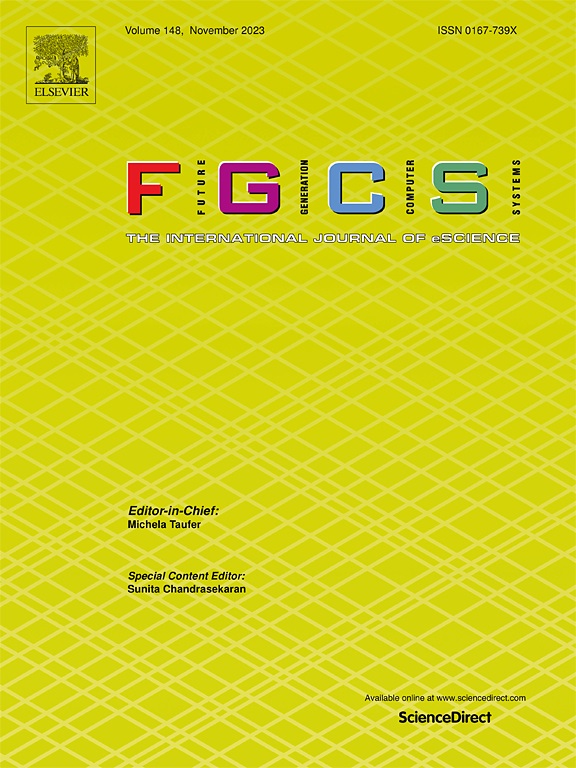Trajectory privacy preservation model based on LSTM-DCGAN
Abstract
Rapid scientific and technological development has brought many innovations to electronic devices, which has greatly improved our daily lives. Nowadays, many apps require the permission to access user location information, causing the concern on user privacy and making it an important task to protect user trajectory information. This paper proposes a novel model called LSTM-DCGAN by integrating LSTM (Long Short-Term Memory Network) with DCGAN (Deep Convolution Generative Adversarial Network). LSTM-DCGAN takes the advantages of LSTM to remember attributes in the trajectory data and the generator and the discriminator in DCGAN to generate and discriminate the trajectories. The proposed model is trained using real user trajectory data and the experimental results are validated from the perspectives of both effectiveness and practicality. Results show that the proposed LSTM-DCGAN model outperforms similar methods in generating synthesized trajectories that are similar to real trajectories in terms of the temporal and the spatial characteristics. In addition, various influencing factors are evaluated to investigate ways of further improving and optimizing the model. Overall, the proposed LSTM-DCGAN model can achieve the balance between the effectiveness of privacy protection and the practicality of user trajectory data and can thus be applied to safeguarding user trajectory information.

 求助内容:
求助内容: 应助结果提醒方式:
应助结果提醒方式:


